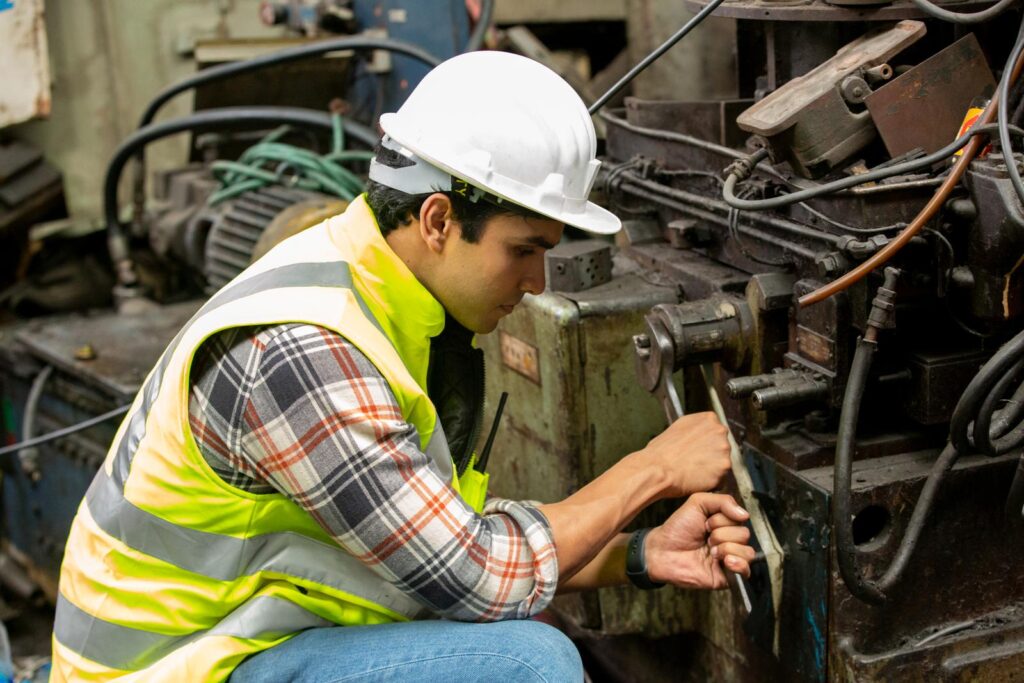Let’s talk about your dream project.
Schedule a free consultation now
Fluidisation is a process used in various industries, such as pharmaceutical, food, and chemical, to transfer and manipulate dry powders or granular materials. The process relies on air-slide fabrics, which create an air cushion that allows particles to slide through the fabric, allowing for reliable and consistent powder transport.
To ensure that the fluidisation process is successful, selecting the right air slide fabric for the job is essential. The fabric must be strong enough to resist abrasion or damage during handling and flexible enough not to tear when manipulated into various shapes. The surface finish must also be smooth enough to prevent snagging or catching on particles’ irregular surfaces. Additionally, the fabric must have proper permeability to allow airflow and maintain pressure drop and low conductivity to prevent static charges from attracting dust particles.
In this article, we will explore the process of fluidising dry powders with air slide fabrics and discuss what factors should be considered when selecting the best fabric for a particular application.
To achieve successful fluidisation, the air slide fabric must have enough strength to resist abrasion and other damage during handling and enough flexibility not to tear when manipulated into various shapes. The surface finish of the fabric should be smooth and free from snags which can disrupt the flow pattern of the powder. In addition, the fabric should be strong enough to allow for frequent cleaning without damaging the material.
The fabric should also be strong enough to withstand high air pressure, temperatures, and the system’s stresses. This will ensure a reliable and long-lasting performance. The fabric should also withstand stretching, folding, and folding over, as well as regular maintenance and cleaning. A high-quality fabric should provide consistent, reliable performance even in harsh industrial environments.
The permeability of the fabric is an important factor to consider when selecting the best fabric for a particular application. Permeability determines how freely air can pass through the fabric, affecting the airflow and pressure drop across the system. If the fabric is too porous, air may escape too quickly, and if too impermeable, air may not be able to pass through at all. As such, selecting an air slide fabric with the right permeability for the particular application is important.
Further, permeability affects the static electricity that can build up on the fabric surface. Static electricity can attract dust particles, so fabric with a lower permeability will help reduce the risk of dust buildup on the fabric’s surface. This, in turn, helps the powder movement and transfer process to remain unimpeded.
When fluidising dry powders, the fabric’s conductivity is an important factor to consider. Conductivity measures how easily electricity can pass through a material, and the fabric used in fluidisation must have a low conductivity. This prevents static charges from building up on the fabric surface, which can attract dust particles, disrupting the flow pattern. Low conductivity means the fabric is better insulated and can reduce the risk of static buildup. Furthermore, the fabric should be of sufficient thickness and quality to ensure that the conductivity of the fabric remains low.
Selecting the right fabric for the application is important, and its conductivity should be carefully evaluated to ensure that it meets the desired requirements. Low conductivity not only prevents static charges from building up but also prevents interference with the powder movement or transfer.
When selecting a fabric for fluidising dry powders, it is important to consider its strength, permeability, and conductivity. The fabric must possess enough strength to resist abrasion and damage while also being flexible enough not to tear when manipulated into different shapes. The fabric’s surface finish should also be smooth enough to ensure an even and uninterrupted flow of powders. Additionally, the fabric should have a high permeability so air can pass freely and create a pressure drop across the system. Low fabric conductivity is also desirable to reduce the static charges that attract dust particles onto the fabric’s surface. Considering these factors, the best fabric for the particular application can be selected, resulting in the most efficient and cost-effective fluidisation process.
Fluidising dry powders with air slide fabrics is a complex process that requires careful selection of the right fabric. The fabric must have the strength to resist abrasion and damage, a smooth finish, adequate permeability to create airflow, and low conductivity to reduce static electricity buildup. All of these factors must be considered when selecting the right fabric for an application.
There are numerous benefits of properly understanding the process of fluidising dry powders with air slide fabrics. It ensures that the materials used are safe and effective, reducing the risks of unexpected delays due to incorrect selection. Additionally, it ensures that production processes are efficient, with minimal losses due to clogging or blockages. In the end, this results in higher quality outcomes and cost savings.

Air slides are an ingenious technology that is crucial in many industries. They are used to convey bulk materials, such as powders and granular substances, in a
Learn more
In every industry, maintaining operational efficiency and extending the life span of equipment are critical considerations. With its complex machinery and demanding
Learn more
Filter bags play a crucial role in various industries by ensuring efficient air filtration and dust collection. However, when faced with extreme dust challenges,
Learn more